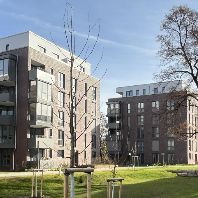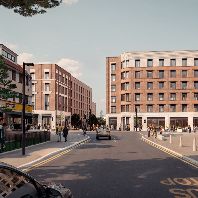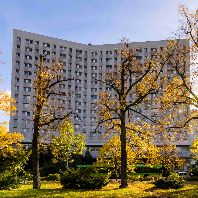During the first quarter of 2016 almost 60% of Madrid’s office take up and more than 50% of deals took place outside the M-30 ring-road. According to Savills, this is due to the shortage of supply of quality office space in the urban area of Madrid, which has diverted the bulk of demand to the city’s periphery for the first time since 2009.
“After seven consecutive years in which companies in Madrid have taken advantage of the market conditions allowing them to rent affordable office space within the M-30. This is certainly a turnaround in terms of activity,” commented Ana Zavala, head of office agency at Savills Madrid. “Companies have to seek a balance between location, price and quality. The location factor has tipped the balance until now, when there is a severe lack of quality product in central Madrid. Companies are no longer as willing to pay higher prices simply for the best location. The trend for flexible working is allowing them greater opportunities to optimise their office space and focus on providing a more comfortable environment for their employees.”
Savills has recorded that the first quarter of 2016 closed with take-up figures of circa 125,000m² in Madrid, a 17% y-o-y increase once two mega-deals from Q1 2015 (KPMG and BNP, both of which exceeded 10,000m² and represented 27% of that quarter) are disregarded.
The vacancy rate in Madrid currently stands at 10.4%, slightly above the average European office vacancy rate at 9.37%. Approximately 7% of vacant space lies within the M-30 ring road, but much of this is poor quality space. The current vacancy rate in peripheral areas is above 12%, with notable differences between submarkets depending on how established the area is.
The lack of good quality space within the ring road will be alleviated by more than 400,000m² of office space – 39% of which is under construction and 61% in the process of being refurbished – which is expected to come to the market by 2018, with approximately 65% of this developed speculatively. The majority of refurbishment activity is taking place in the city centre to reduce the high level of out-dated properties, while new development is more prolific in peripheral areas. High profile refurbishment projects underway within the M-30 include the Castellana 81, Castellana 77 and Torre Europa projects, along with renovations in areas adjacent to Paseo de la Castellana.
“2016 is the first year the Madrid market has seen a significant influx of new refurbished space. This extra 65,000m² of refurbished stock will alleviate the lack of good quality space inside the M-30 ring road and we are keen to see how this will disrupt the Madrid office market. The occupier response to this new supply will determine just how much the vacancy rate will vary,” commented Gema de la Fuente, head of research, Savills Spain. “As has been the case in previous years, occupiers should welcome this type of quality product and this in turn will increase take-up within the M-30, as well as the average office rental value.”
In the current market, the CBD prime rent in Madrid likely to be achieved has now reached €27/m², which equates to growth of 5% y-o-y and 2% compared to the previous quarter. The top rent achieved in the quarter surpassed €32/m², although this was for a 250m² office. The second highest rent achieved, at above €30/m² for a property over 1,000m² in size in a prime location, therefore offers a more reliable indicator of future rental growth. Almost 90% of deals were signed at below €25/m², with the lowest segment of up to €10/m² seeing an increase and the number of lettings between €15 and €25 seeing a decrease.















